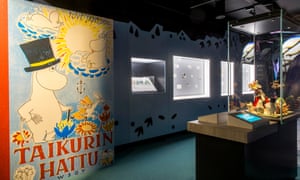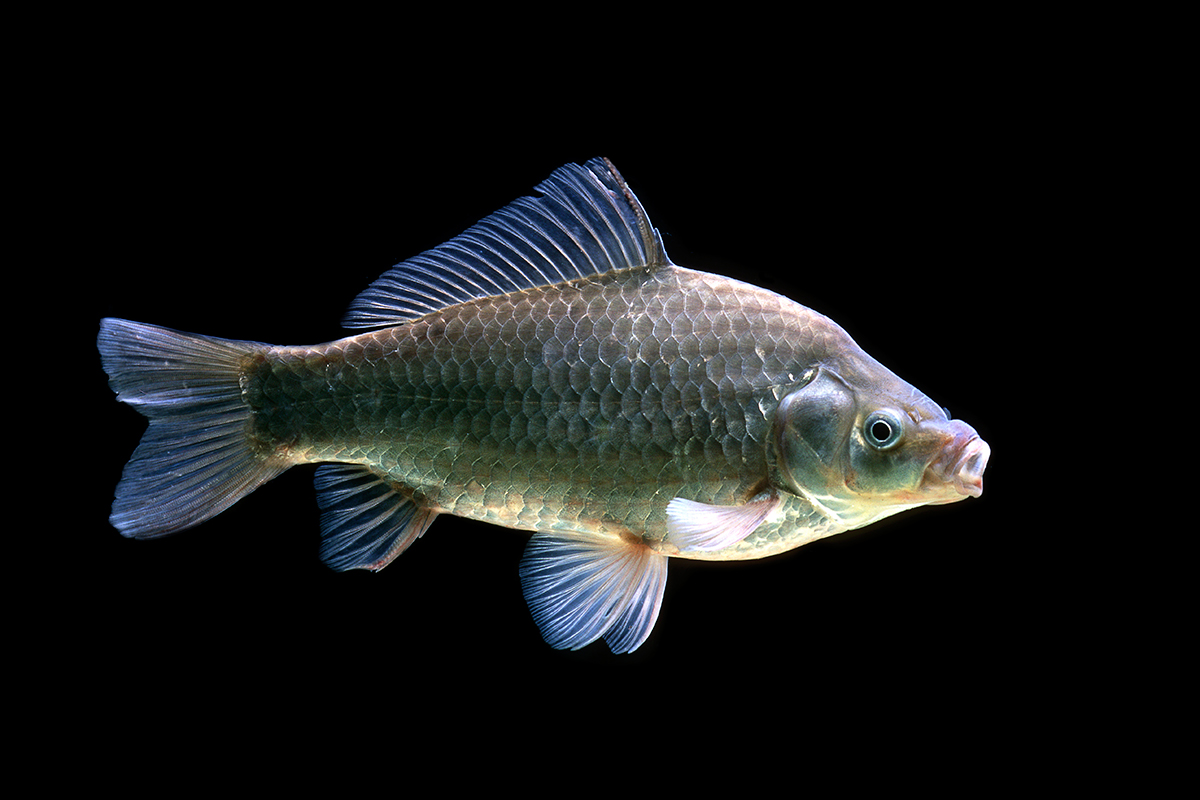The pursuit of digital readership broke the New Republic – and an entire industry.
via Arts & Letters Daily: Franklin Foer in The Atlantic

Chris Hughes was a mythical savior – boyishly innocent, fantastically rich, intellectually curious, unexpectedly humble, and proudly idealistic.
My entire career at the New Republic had been spent dreaming of such a benefactor. For years, my colleagues and I had sputtered our way through the internet era, drifting from one ownership group to the next, each eager to save the magazine and its historic mission as the intellectual organ for hard-nosed liberalism. But these investors either lacked the resources to invest in our future or didn’t have quite enough faith to fully commit. The unending search for patronage exhausted me, and in 2010, I resigned as editor.
Then, in 2012, Chris walked through the door. Chris wasn’t just a savior; he was a face of the zeitgeist. At Harvard, he had roomed with Mark Zuckerberg, and he had gone on to become one of the co-founders of Facebook. Chris gave our fusty old magazine a Millennial imprimatur, a bigger budget, and an insider’s knowledge of social media. We felt as if we carried the hopes of journalism, which was yearning for a dignified solution to all that ailed it. The effort was so grand as to be intoxicating. We blithely dismissed anyone who warned of how our little experiment might collapse onto itself – how instead of providing a model of a technologist rescuing journalism, we could become an object lesson in the dangers of journalism’s ever greater reliance on Silicon Valley.
Continue reading
=============================
via the Guardian by Helen Pidd North of England editor
Sighting of animal follows four-year project on the North York Moors carried out in partnership with Forestry Commission
Continue reading and see 24 seconds of video
I went looking for a reasonably decent image of a pine marten, preferably in colour and found a whole web page devoted to them. Images are copyright but worth looking at here.
WARNING: some people may find a couple of the images in the slideshow disturbing.
=============================
via Boing Boing by Mark Frauenfelder
The fellow in Australia, who makes tools and shelters from his bare hands and natural materials, is back with a new video. This time, he weaves a pair of sandals for his cracked feet.
Continue reading
=============================
via 3 Quarks Daily: Olivia Goldhill in Quartz

They certainly look like aliens. (Reuters)
Whether or not octopuses should be viewed as charming or terrifying very much depends on your personal perspective. But it’s hard to deny their intelligence.
Octopuses can squirt water at an annoyingly bright bulb until it short-circuits. They can tell humans apart (even those who are wearing the same uniform). And, according to Peter Godfrey-Smith, a philosophy professor at University of Sydney and City University of New York, they are the closest creature to an alien here on earth.
Continue reading
=============================
via the New Statesman by Julia Rampen
In an era of executions and transportation, 19th century courts were surprisingly laissez-faire about acid attacks.
"We are rather anxious to see the punishment of death rescinded in all cases except that of Murder," stated the Glasgow publication, The Loyal Reformers’ Gazette, in 1831. But it did not share this opinion when it came to Hugh Kennedy.
Previously of “irreproachable character", Kennedy fell out with a fellow servant and decided to take his revenge by pouring acid on the man while he was asleep. “He awoke in agony, one of his eyes being literally burned out,” The Gazette reported.
Continue reading
=============================
via The National Archives Blog by Juliette Johnstone
Michael Faraday (1791–1867), the pioneering physicist and chemist, died 150 years ago. During his long career he made several major discoveries, such as electro-magnetic induction. The Royal Institution hails him as ‘one of the most famous scientific figures of the 19th century’.
Michael Faraday appears in various records in our collection; they provide insights not only into his family history but also into his career.
Continue reading
=============================
via Interesting Literature
The best birthday poems
Birthdays, like other celebratory occasions such as weddings, are a fine time to dig out some poetry. However, birthdays can make us contemplative and reflective as well as deliriously joyous, and in the following ten classic birthday poems, poets down the ages have taken some widely differing approaches to birthdays – sometimes their own, sometimes someone else’s.
Continue reading
=============================
via the Guardian by Maev Kennedy

The Moomins Museum opened last month in Tampere, Finland.
Photograph: Jari Kuusenaho/Tampere Art Museum
Tove Jansson never took her family of fairytale characters too seriously, but they now have their own museum in Tampere, attracting Moomins fans from around the world
On the walls and in glowing display cases of a new museum in Finland, little blob-nosed creatures potter about their daily lives: gardening and cooking, going for walks or playing music; coming out of hibernation to greet the spring sun; and also tidying their houses as the leaves turn and the long Nordic winter nears. Moomins fans from all over the world are already making their way to Tampere in southern Finland to see the original artwork by author Tove Jansson and the fantastically detailed models of scenes from the books made by her life partner and fellow artist, Tuuliki Pietila. On the opening day, last month, 3,000 devotees visited, including a large Japanese contingent.
Continue reading
=============================
via New Scientist Daily News by Rachel Baxter

Swimming under the influence?
Christian Guy/Getty
Goldfish and their wild crucian carp relatives can survive for five months without breathing oxygen – and now we know how. The fish have evolved a set of enzymes that, when oxygen levels drop, ultimately helps convert carbohydrates into alcohol that can then be released through the gills.For most animals – including humans – a lack of oxygen can be fatal within minutes. We can metabolise carbohydrates without oxygen, but the process generates toxic lactic acid that quickly builds up in our bodies.
Continue reading
=============================
via OUP Blog by Philip Freeman
Although most people have heard of the Celts, very little is known about their customs and beliefs. Unlike the Ancient Greeks and Romans, few records of their stories exist. However, the surviving stories have played an important role in literary history – influencing writers like J.R.R. Tolkein and C.S. Lewis.
Continue reading
PS. I’m Brigid
No comments:
Post a Comment